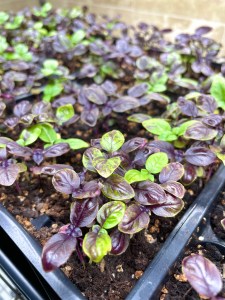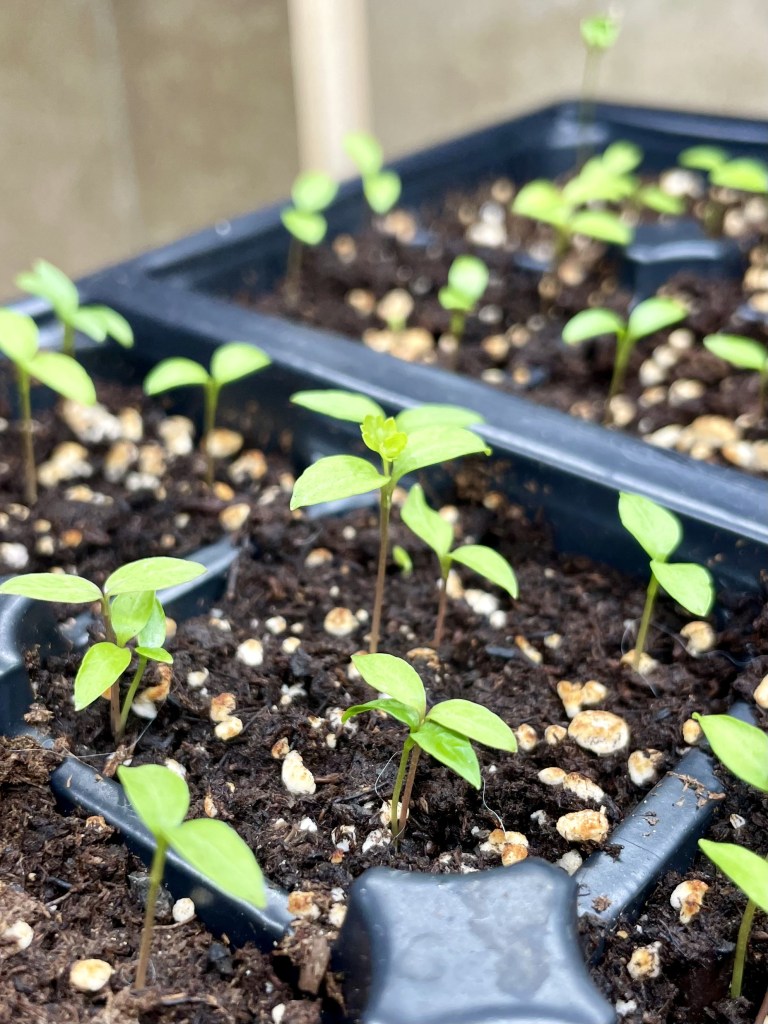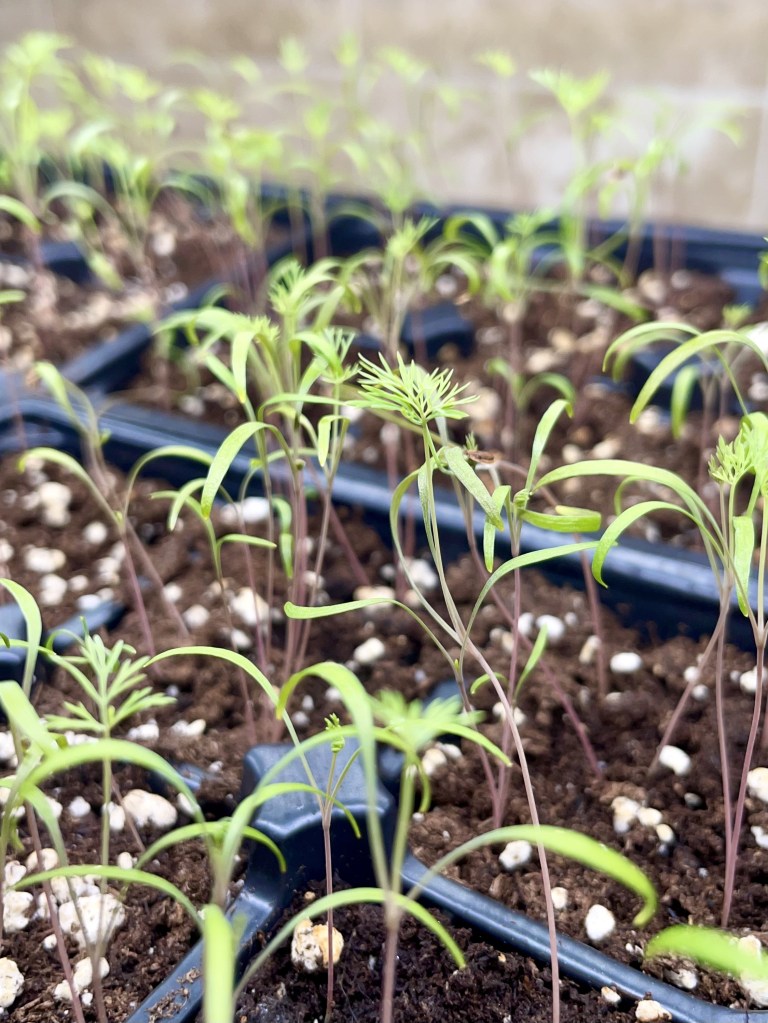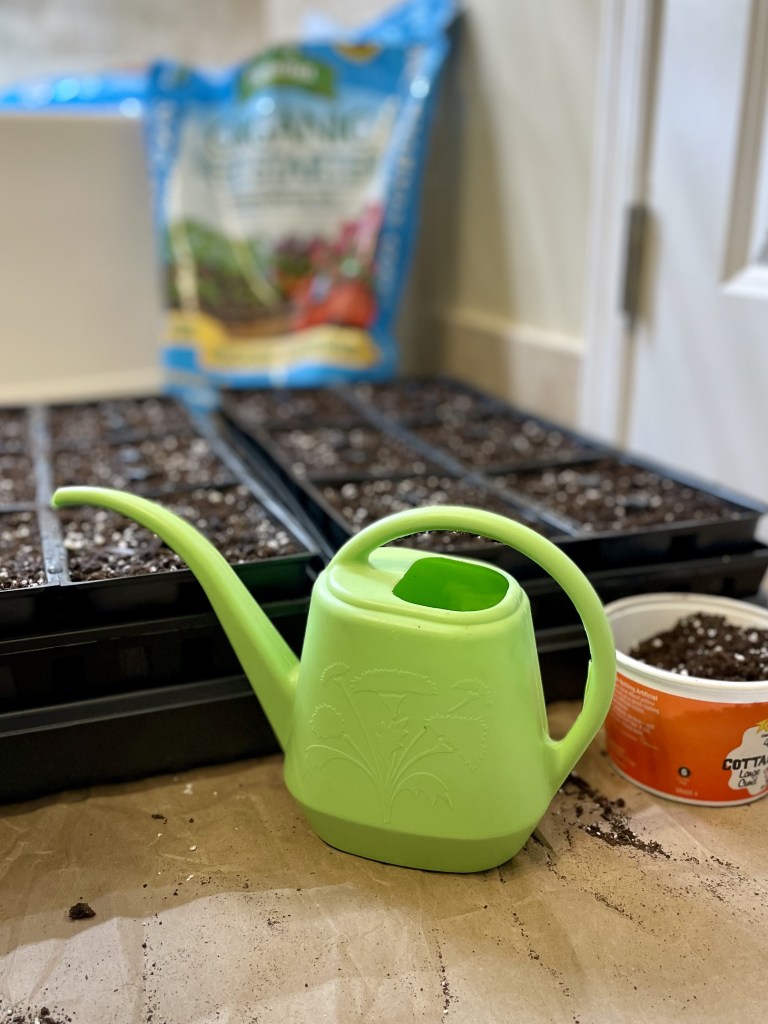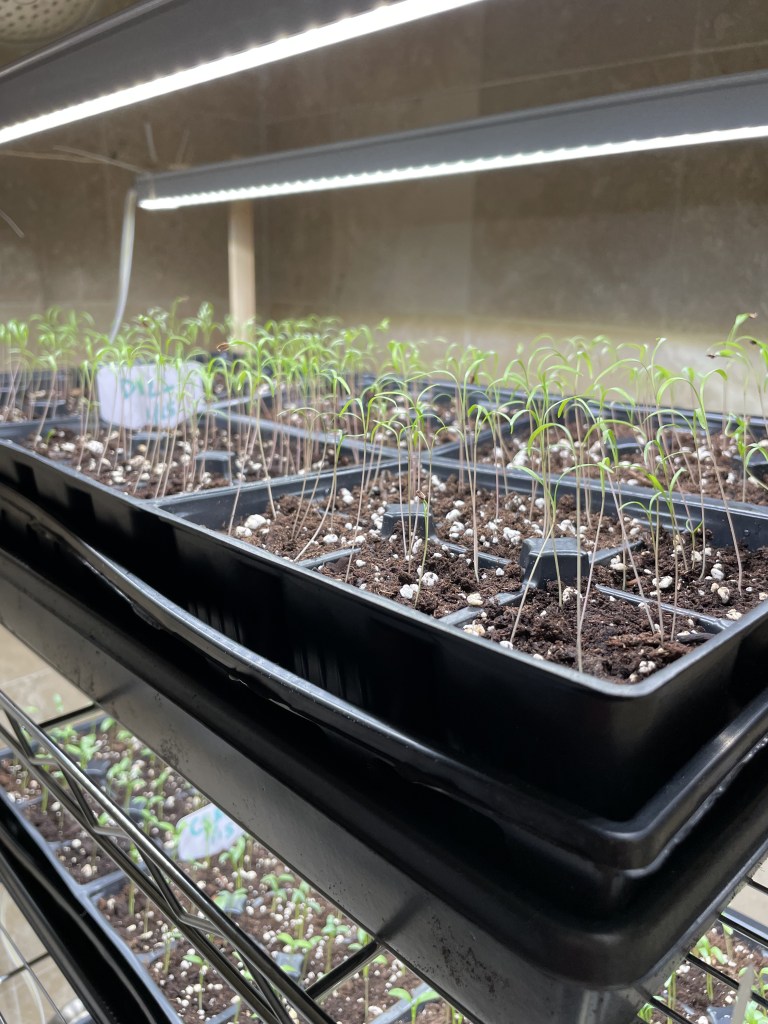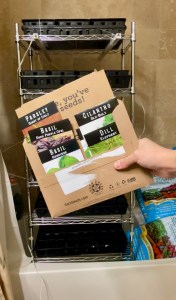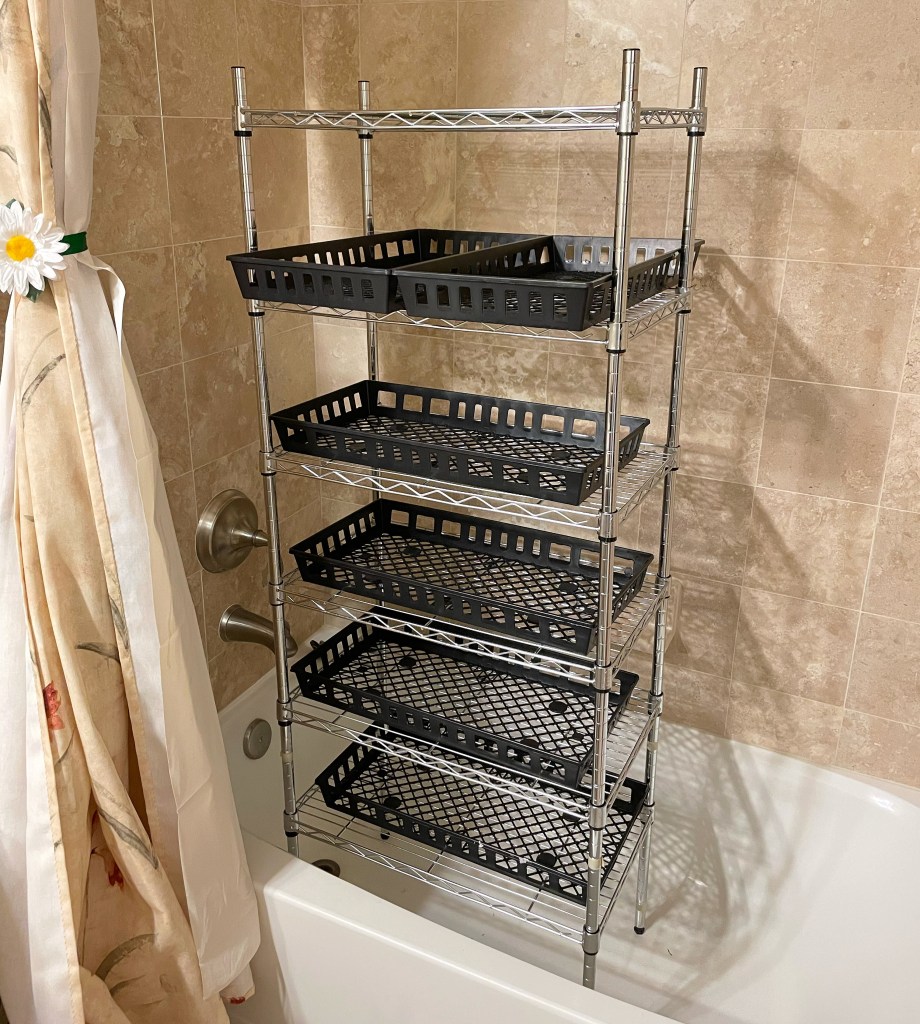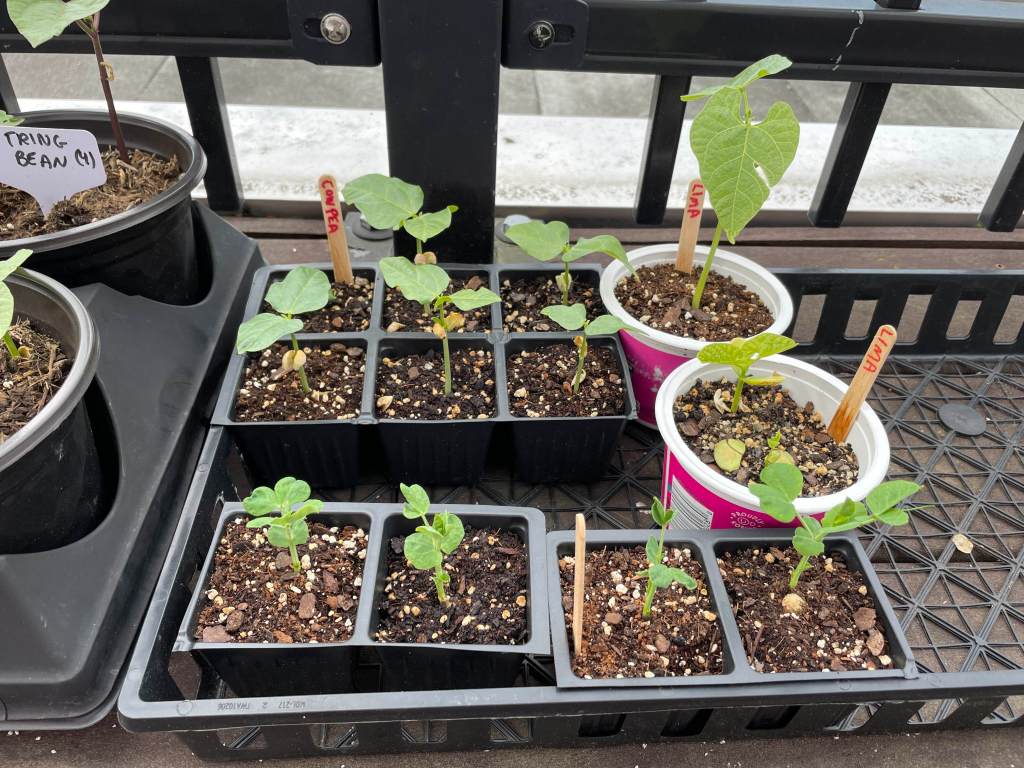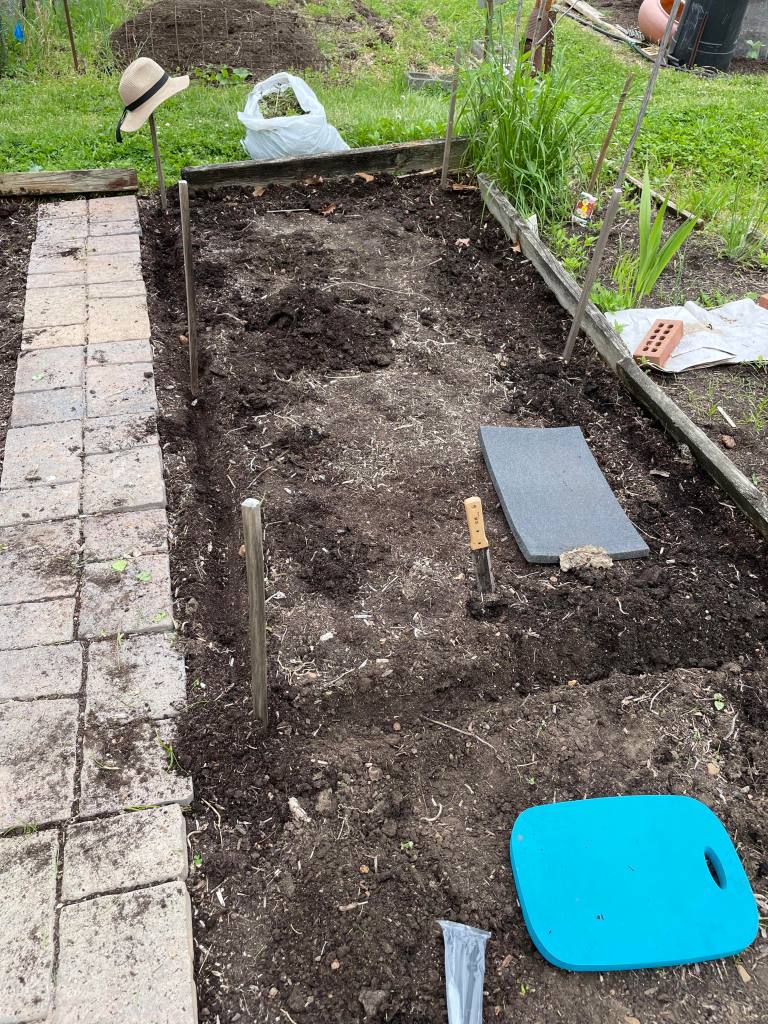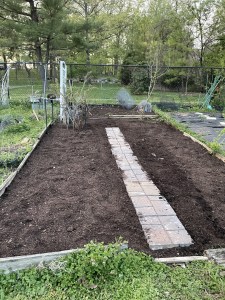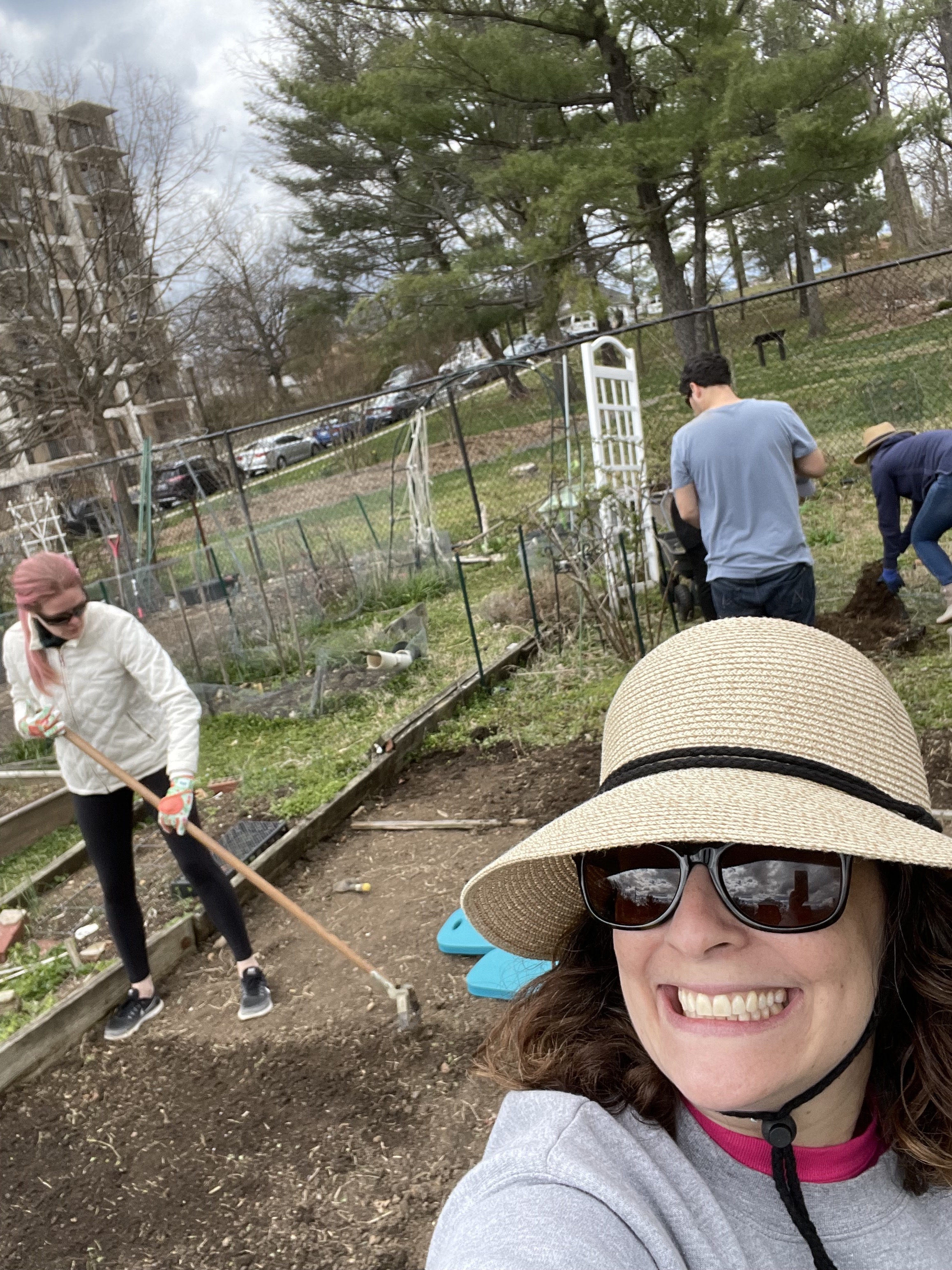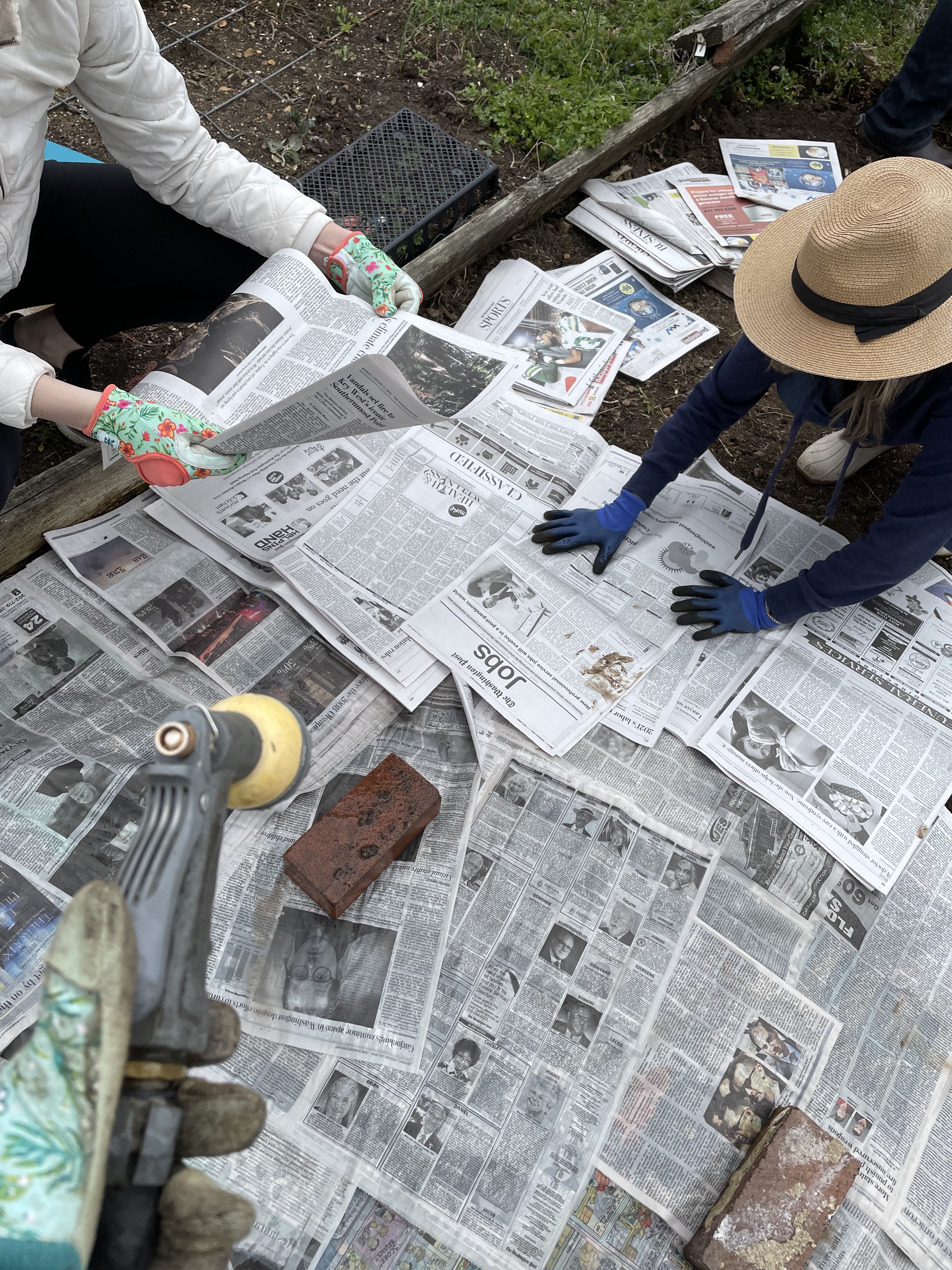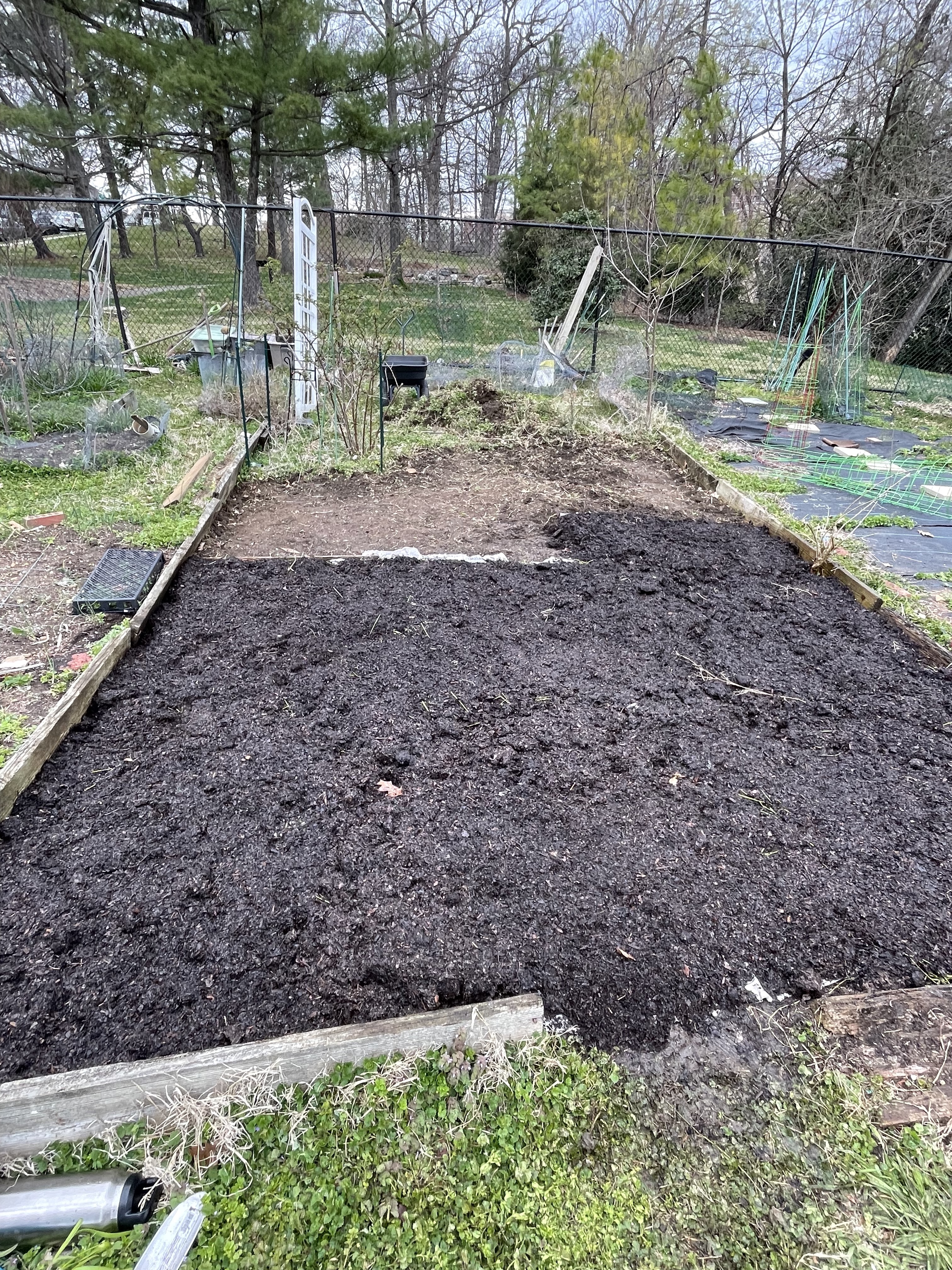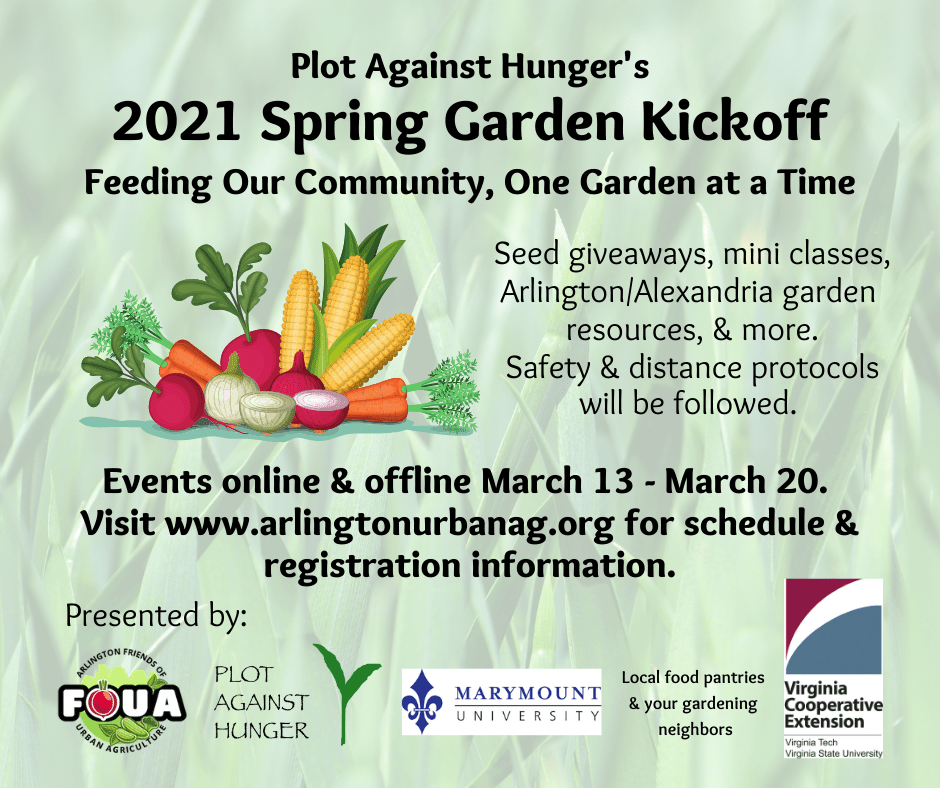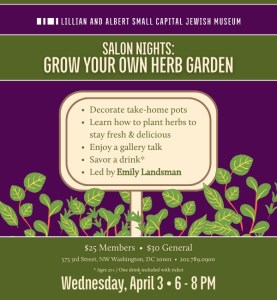
Our herbs, that is!
Class is tonight, and I’m very excited! I think we’ll have a good size class. It’s not just about planting herbs to use in cooking, but part of the activity will be decorating the planters. Yes, full grown adults will be using paint markers, hot glue, giant rhinestones, and I don’t even know what other art and craft supplies are waiting for us. There’s something soothing about each aspect of tomorrow evening: the plants, the markers, the conversation, the wine…. 🍷
But bringing a bit of green into an apartment is always nice. Keeping it alive and healthy is an ongoing chore/battle/challenge/task, depending on the level of obligation you feel. Regardless of your love for your little pot of herbs, they’ll all need light, water, and food. Here’s a brief primmer on each. I’m going to include a few links here and there. I’ll grab them from a few places online, but I don’t have any relationship with any of these place and don’t make any money from any links. That would be super, but I don’t.
Light

A sunny window probably won’t be enough light for most herbs. Even a bright south facing window would only work for part of the year. Most glass will block out some of the sun’s rays. If you’ve ever tried to grow basil inside and you wound up with loooong stems and just a few leaves facing the outside, it was searching for more light! For the most control and flexibility in where you place your herbs, I’d highly recommend grow lights. 12 hours a day is fine for year-round growth, but even 8 hours is ok. Then they’ll need some time to sleep. Lights that offer a full spectrum of light that mimics the sun are your best bet for your indoor adult herb garden.
Many lights now have built in timers that will automatically cycle on and off, but you can also pick up traditional timers that you plug in to the socket and then plug your light in. I really like using bluetooth timers. They connect to my wifi and then I control them with my phone. I have several sets around my home and can control each one precisely.
You don’t have to get too complicated here. There are many inexpensive options, including clip on lamps, long strip bulbs that will fit under a shelf, hanging fixtures for tall structures, and floor lamps.
- Here is an example of individual bulbs that you can pop into your favorite adjustable lamp at home.
- These stick into each individual pot, I think they’re better for smaller plants. They have their own timer, which is cool. I have a few of them.
- This one looks cool, too You don’t have to shove them into the soil itself, which is nice.
- This one clips on and has an adjustable neck!
- Here is a set of sticky lights. Good if you have a full shelf of plants, and you can link them together. You can also zip tie these if you have a wire rack like I set up to grow the seedlings.
Water

Drainage is key. The pots we have selected for our herbs have good drainage at the bottom, but in general you don’t want to overwater. Root rot means death! Water every three to four days, depending on how dry your room is, but wait until the top inch or so is dry before watering again. If your soil feels like a wrung out sponge, that’s perfect! If your soil still feels a little damp at day 4, check it again in 12 hours, and then 12 hours after that. Be slow and consistent in watering. Too much at once will immediately flow through your pot and make it seem like you’ve over watered, when in fact your soil just isn’t able to absorb it all. Too little won’t soak through to your roots. You can divide your watering into two “sips” with a few minutes apart to help absorption. If you see droopy leaves, your little guys are thirsty. Water in several sips over about 30 minutes and then wait a few hours. They should start to perk up.
Food

Plants need not just water, but some food, too. You should feed your guys every 2-4 weeks or so. You can use an all purpose liquid plant food during a regular watering time, diluted to about half of the recommended strength. Liquids are immediately available to plants, instead of a slow release pelleted food that will have to slowly break down in your soil over time. You can buy a little bottle and it will last a long time! Here are some options. Again, I have no connections to any of these links, they’re just examples of the brands.
- I used this organic fish fertilizer to grow our herbs. It’s amazing, but extra stinky. It’ll be fine if you’re not growing 6 flats, though! Great for other houseplants, too. Again, I dilute it to about half the recommended strength.
- I haven’t use this particular type of Espoma food, but I really like their other products, so I’d probably give this tomato and vegetable food a try . I use many of their foods and fertilizers for outdoor gardening, and used their seed starting mix for our herbs.
- Here is a pump food. Apply right to the soil, then water over it. No separate measuring.
- I haven’t used this brand myself, but I know people like it a lot.
Next post…how to harvest!





